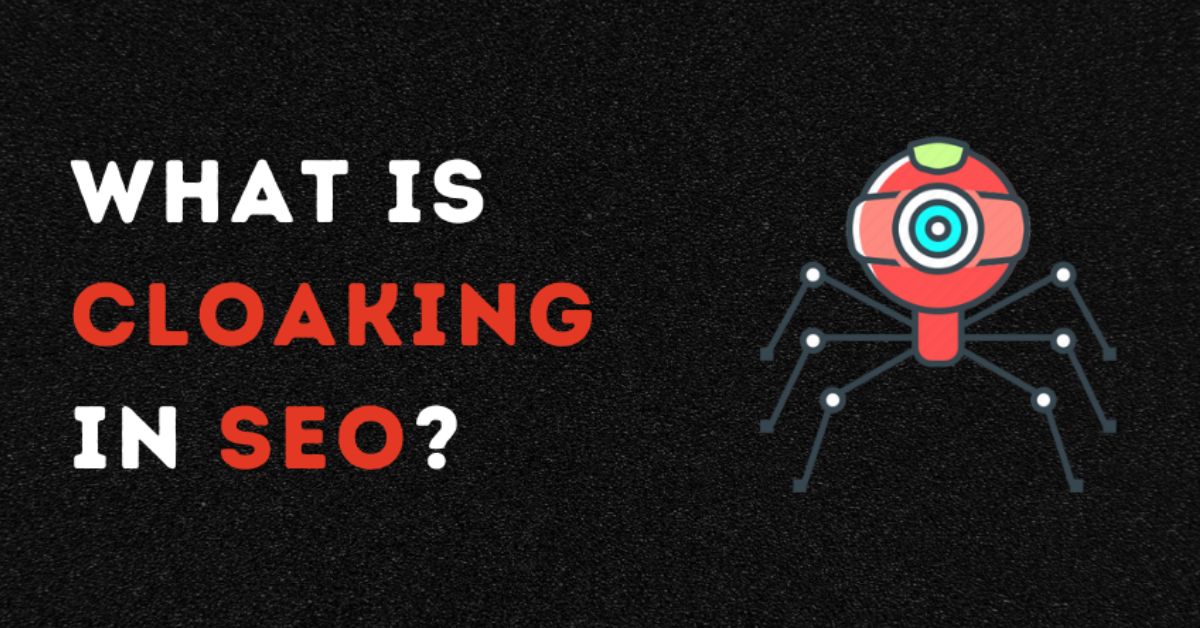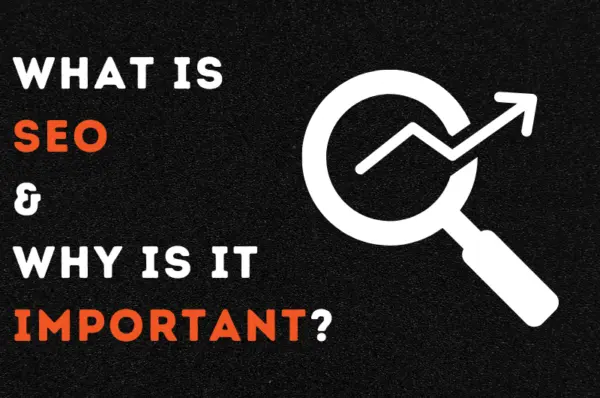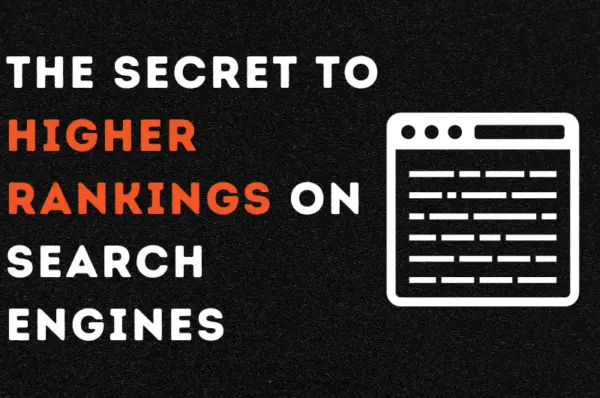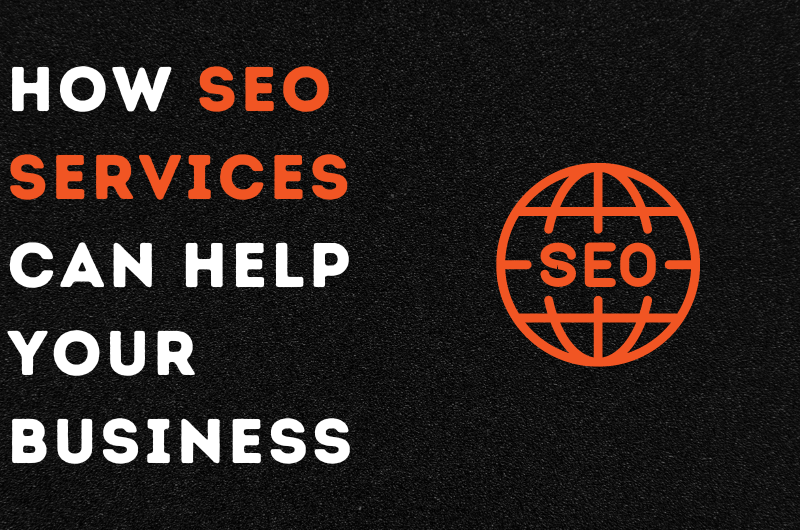This blog will tell you what is cloaking in SEO.
With the advancement of technology, people have found many ways to cheat the system. This is highly relevant for search engines because people consistently seem to find loopholes that allow them to manipulate the system.
Therefore, you will see that Google regularly updates how it works to ensure that there is no malpractice. Websites that are found to be manipulating search engines are penalised and sometimes completely removed.
Among these cheat codes is something known as cloaking. If you have not heard about this term before, don’t worry.
In this blog, we will tell you what is cloaking in SEO and why people practice it. In addition, we will see how cloaking works. However, it is important to remember that this blog only provides you with information and strongly rejects the use of any malpractice.
In the end, we will tell you why you should not be using cloaking and how it may impact your overall website. Let’s begin!
What is Cloaking?
So, what is cloaking?
If you do not have technical expertise, this might be hard to understand for you. So, let’s break it down.
Cloaking is like wearing a mask and choosing who gets to see your actual face. If you fear that someone will judge you based on your appearance, you bring out the mask. However, you remove the mask when you are certain that there is no threat.
The above explanation makes it seem like a nice thing, but that is not the case when it comes to SEO.
If a website is using cloaking, they will be manipulating the search engines to make them think that the website is according to their standards. The website will show a different page to search engines and a completely different page to users.
Now you see why this is a problem.
If you are lost, then see it like this. Search engines want to rank your content based on how useful it is, but your content is not that great. So, you decided to create a separate page for them that they could easily understand.
This will obviously result in search engines thinking that your content is great when they don’t know what it is about.
Why Do People Practice Cloaking?
The above section should have clarified your question of what is cloaking. Now let’s see why people use it.
The main objective of cloaking is to separate real visitors from crawlers. Crawlers are algorithms that scan the content on your website. People can use this technique for the following reasons:
- Cloaking allows you to gain temporary ranking boosts by redirecting crawlers to a different page.
- Cloaking can also be used to deceive people into believing that they have a higher SEO ranking, meaning that they are more credible.
- Business websites may use this temporarily to direct people to a specific page to make their sales.
How Does Cloaking Work?
By now, our readers should know what is cloaking and why people use it. But how exactly is it used?
This section will tell you about two different methods that are used for cloaking. This is only so you can understand the problem in detail. These two methods are user-agent detection and JavaScript redirection.
1. User-Agent Detection
For the first method, the website is used to detect the user agent.
You can use different tools to differentiate between who is accessing your website. This is usually done by identifying the string that is received by the website.
Users use different strings compared to search engine crawlers. Therefore, when your website detects that the string is coming from a crawler, it shows them the cloaked version of the page
However, if the string detected belongs to a real search inquiry by a user, they are shown the true page.
So, all in all, you are dividing the traffic so that bots are getting a different page to assess and the users are using a different page for the information they require.
2. JavaScript Redirection
We cannot write a blog on what is cloaking and not talk about JavaScript redirection.
This method is used by experts and cannot be implemented easily. JavaScript code can also be used to manually detect user-agent strings.
Similar to the above method, once the string is identified, the traffic is divided into two portions. One sees the cloaked version, and the second gets to see the real page.
3. Other Techniques
These are not the only ways to use cloaking.
Other popular methods include iframe cloaking, in which an invisible iframe is used. The fram is not visible to users, but search engines can see it and use it to rank the website.
Another method is DNS cloaking. This method is complex in that different DNS servers are used for different traffic.
Why is Cloaking Harmful For Your Website?
By now, you should know what is cloaking and how it works. It can give you a temporary advantage, but it also has some negative impacts on your website.
Below are some ways cloaking harms your website:
1. Severe-Penalties
If you are using cloaking and it is caught, you will be penalised.
Search engines are committed to enhancing user experiences by providing accurate results. Therefore, they know that people are using cloaking to mask their websites. In response, they use advanced techniques to identify websites that are using this technique.
If a website is caught malpractice, there are some severe penalties that it may face. These include a complete de-indexing, which means your website will not be shown in the result pages.
Another penalty that you could face is complete algorithmic suppression. In the end, you will end up completely losing your website, which leads to no online visibility, leads, or conversions.
Your website is an asset, and it should not be risked by following cheating methods to rank highly.
2. Damaged User Trust
A website that is penalised or doesn’t meet the user’s standards will not be trusted.
You can continue to publish blogs and optimise your website, but you will not see any reaction. People will start seeing you as an uncredible source of information.
In addition, if you are using the website to make sales, your users will hesitate to provide you with their information.
Hence, your website will become stagnant and lose its ranking in the llong run
3. Poor User Experience
If you are using cloaking, your content cannot be informative and helpful.
Why? Because you will be using techniques such as keyword stuffing and other SEO tactics that do not value your content.
Your content will be harder to read and unclear. In addition, it might even be misleading to users and not properly integrated with the right pages. Therefore, your users will feel that you are not facilitating them.
You should remember that people have thousands of options on the internet. If you are not providing the correct information, they will simply close your website and move on to the next.
This results in lower organic traffic and higher bounce rates, which are not good for your website or business.
4. Wasted Resources
Cloaking is not when you do something and wait until you start seeing an improvement.
It is a continuous practice, which means that you will be investing a huge amount of resources in it. The time, money, and other resources that could go into ensuring that your website is following Google guidelines will instead be used on a temporary basis.
Wouldn’t it be better to ensure that you are following Google guidelines and employing the best SEO practices for long-term growth?
Therefore, in cloaking, you could be investing a lot and end up gaining nothing from it.
5. Unsustainable Success
Let’s assume that cloaking works and you get a higher ranking.
You should remember that you cannot use this technique forever. Either you will run out of resources or you might get penalised.
In both cases, your online visibility is not sustainable. Therefore, we recommend not using cloaking on your website, as you might end up completely lost or on stage zero by the end of it.
A Quick Summary!
So, let’s wrap up this blog on what is cloaking in SEO.
Cloaking is a tactic that is used to deceive search engines. It is used to gain a temporary high ranking to drive traffic to your website.
People use two different techniques. The first is user-agent detection through a tool so that search engines are shown different content from the users. The second, JavaScript, is similar but instead uses manual code.
Cloaking can have a significant negative impact on your website. If you are caught, you will completely lose user trust and will be penalised. This means that your website might completely disappear from SERPs.
In addition, the users will experience a poor website that does not provide much information. Hence, you might be able to attain temporary success, but it will be useless in the long run with a huge amount of resources wasted.
We at SEOSyrup understand the difficulty of ranking websites on search engines. Therefore, we provide you with a team of leading SEO experts for the job. Click here for an instant quote.




